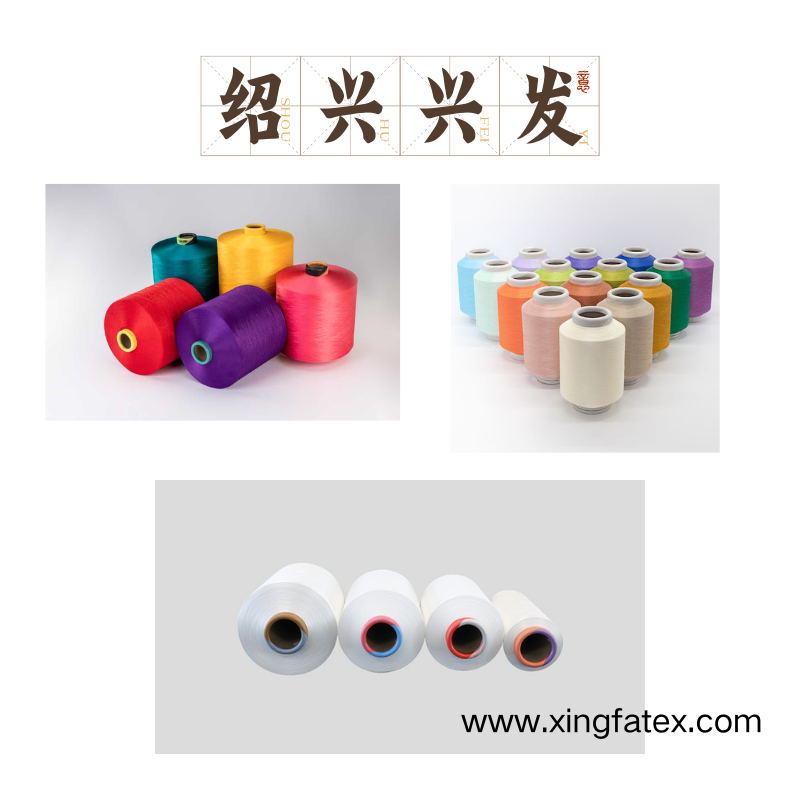Exploring the Three Main Types of Yarn: Natural, Synthetic, and Blended

Yarn is a crucial material in the world of knitting, crochet, and textile production. It is a continuous strand of fibers twisted or spun together, used to create fabrics, garments, and accessories. Understanding the types of yarn available can help crafters and manufacturers choose the best material for their projects. In this article, we will explore the three primary types of yarn: natural yarn, synthetic yarn, and blended yarn.
1. Natural Yarn
Natural yarn is made from fibers that are directly sourced from animals, plants, or minerals. The two main categories of natural fibers are animal-based and plant-based fibers.
-
Animal-Based Fibers: These include wool, alpaca, and silk. Wool is one of the most commonly used natural yarns. It is known for its warmth, elasticity, and moisture-wicking properties, making it ideal for cold-weather garments. Alpaca yarn, sourced from the alpaca animal, is softer and lighter than wool, making it a luxurious alternative. Silk, derived from the silkworm, adds a smooth texture and lustrous shine to fabrics, though it is more delicate.
-
Plant-Based Fibers: Cotton, linen, and bamboo fall under this category. Cotton yarn is lightweight, breathable, and soft, which makes it great for warm-weather clothing and accessories. Linen, sourced from the flax plant, is stronger and more durable than cotton but has a rougher texture. Bamboo yarn, known for its eco-friendly properties, is soft and has a silky feel, while also being moisture-wicking and anti-bacterial.
Natural yarn is often favored for its sustainability and biodegradability, although it can be more expensive and prone to wear and tear over time compared to synthetic options.
2. Synthetic Yarn
Synthetic yarns are made from man-made fibers, usually derived from petroleum-based products. The most common synthetic yarns include acrylic, nylon, and polyester.
-
Acrylic Yarn: Acrylic is the most popular synthetic yarn because it is affordable, lightweight, and comes in a wide range of colors. It is also resistant to shrinking and fading, making it a great choice for everyday garments. However, acrylic yarn can be less breathable than natural fibers, which may make it uncomfortable in warm climates.
-
Nylon Yarn: Nylon is known for its durability and elasticity. It is often blended with other fibers to enhance the strength and stretchability of the yarn. Nylon yarn is commonly used in accessories like socks, hats, and bags because it is resistant to abrasion and stretching.
-
Polyester Yarn: Polyester is another versatile synthetic yarn, prized for its resistance to wrinkles, shrinking, and fading. It is often used in mass-produced garments and home textiles. Polyester yarn is also moisture-resistant, making it a good choice for items that need to be durable and easy to care for.
Synthetic yarns are generally more affordable and easier to care for than natural fibers, but they are less eco-friendly and biodegradable. Many crafters and manufacturers prefer synthetic yarn for items that require durability and low maintenance.
3. Blended Yarn
Blended yarn is made by combining natural and synthetic fibers to combine the best qualities of both. Common blends include wool-acrylic, cotton-polyester, and silk-merino.
For example, a wool-acrylic blend takes advantage of the warmth and softness of wool while benefiting from the durability and affordability of acrylic. Blended yarns are often more affordable than pure natural yarns but can still offer some of the same desirable properties, such as warmth, comfort, and elasticity. Blends are also available in a wider range of textures and finishes, allowing for more versatility in creating different types of fabrics.
Blended yarn is an excellent choice for crafters looking for the perfect balance between natural and synthetic characteristics. It provides durability, softness, and ease of care while still retaining some of the natural yarn’s qualities.
Conclusion
The type of yarn you choose depends on the specific needs of your project, such as durability, texture, and environmental impact. Natural yarns are appreciated for their sustainability and unique properties, while synthetic yarns offer affordability and ease of care. Blended yarns combine the benefits of both, providing an optimal mix for many different projects. Whether you're knitting a cozy sweater or crocheting a delicate shawl, understanding the types of yarn can help you make the best choice for your creations.
- Art
- Causes
- Crafts
- Dance
- Drinks
- Film
- Fitness
- Food
- الألعاب
- Gardening
- Health
- الرئيسية
- Literature
- Music
- Networking
- أخرى
- Party
- Religion
- Shopping
- Sports
- Theater
- Wellness


